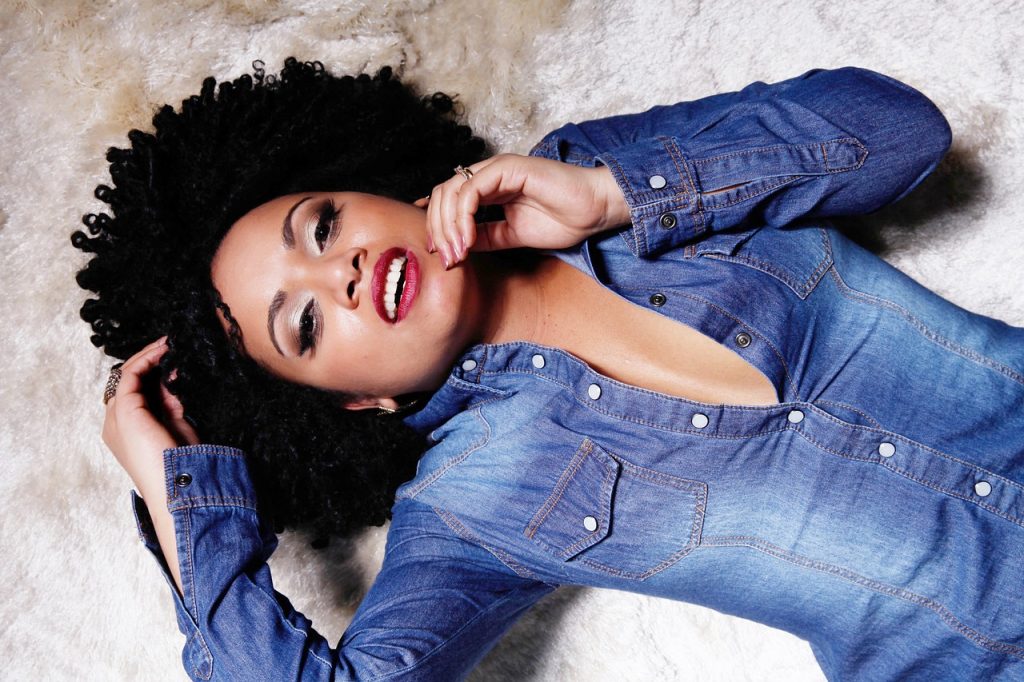Durags as a Symbol of Empowerment
The durag, the hair accessory with long ties on each side that wrap around the head, has recently made a comeback, but its roots go back hundreds of years. In the time of slavery rags were used to keep hair out of one’s face. In the heat-filled fields of the south, it was functional to have hair off one’s neck so it didn’t interfere with manual work. Fast forward to the 1920s when cloth over one’s hair was used to protect it after a chemical process at the hair salon. Starting with the Black Power Movement of the 1960s, people who were historically oppressed took back the hair cloth. Black people began wearing afros and covering their hair with rags as a visual statement of taking back one’s power; to use a hair scarf changed from being a need to a choice.
The durag started from women’s stockings, but today durags are made from different fabrics and have a scarf-like quality. The modern durag is credited to William J. Dowdy who invented what he called a “tie down” in 1979 as part of a grooming kit. Dowdy’s goal with the “tie down” was to protect the hair structure that was created from styling.
Rappers in the 1990s and 2000s created a resurgence of the durag. Today’s durag style is often synonymous with hip-hop from that time period, including Snoop Dog, and even Eminem wore a durag.
Controversy
Durags have been controversial and in 2001 and 2005 they were even banned from the NFL and NBA. Today, many schools ban their students from wearing durags. Because many rappers who wore durags also spoke lyrics about life on the streets, it was believed that people who wear durags condone drug use and gangs. Part of the debate is also how racism impacts tolerance of the durag.
This controversial symbol has become part of high fashion culture, and today the last week in September is Durag Week. Current celebrities, including Rihanna, Jay-Z, Beyonce, and Solange Knowles all have durags as part of their wardrobe and proudly wear their durags. Variations in how to wear a durag, from ties to no ties, patterns to solid colors, and short to long, have given people access to endless wardrobe choices.
Durags Become Mainstream
Durags have become mainstream and interested people can learn how to make a homemade durag from a simple google search. They can make their own or order one online from a durag store. People can use it functionally, to protect their newly created style, or use it accessorize with a casual or formal outfit. This simple yet meaningful head scarf has a rich history that is empowering to its wearer, whether they need to keep their hair out of their face or they wish to send a message. Durags are here to stay.

